
Digital Marketing Process: Steps, Techniques and Tools
By Ketul
Updated 01 Nov, 2024
15 min read
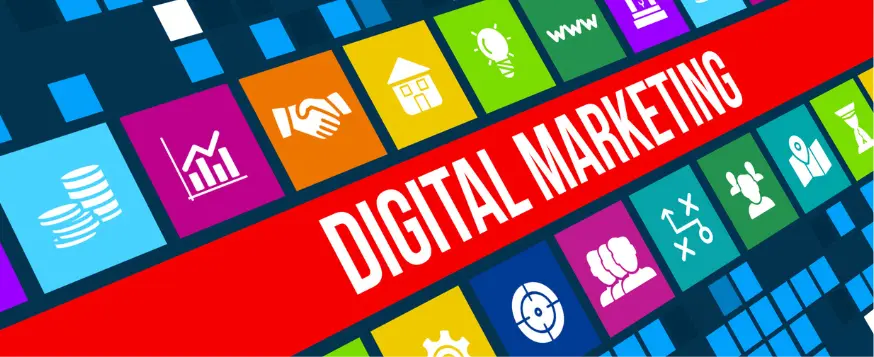
Contents
Digital marketing can feel like trying to crack a code. New trends pop up every other day, algorithms change on a whim, and every “expert” out there claims to have the next big secret. But here’s a truth bomb: successful digital marketing doesn’t come from hacks; it comes from understanding a simple, structured process.
Think of this as your digital marketing map. Whether identifying the right audience, crafting content that truly resonates, or mastering SEO and social media, each step in this guide lays the groundwork for real, measurable results. A good digital marketing agency knows that clarity is key—there’s no fluff or jargon here, just a straightforward path from your current position to your brand’s desired destination.
Let’s dive in and start making digital marketing work for you, one step at a time.
Digital marketing definition
Digital marketing is the process of building connections with people in the online world, where brands meet their audience on social media, search engines, emails, and websites. It starts by setting goals, understanding the audience, and creating valuable, engaging content.
From there, it includes managing ads, optimizing for search engines (SEO), and tracking performance with analytics to see what’s working. With every campaign, digital marketing adapts and evolves, fine-tuning strategies to increase visibility, spark conversations, and guide customers on their journey, ultimately driving growth and building lasting relationships.
Step-by-step breakdown of the digital marketing process
Mastering each step in the digital marketing process is like building a roadmap to your brand’s success. Each method of the digital marketing process is developed in a way that a skilled digital marketing agency can execute, allowing you to reach your goals with precision and clarity.
Step 1: Market research & audience understanding
- What It Is: Every great marketing strategy starts with knowing who you’re trying to reach. Market research is about understanding your target audience, industry trends, and your competition.
- How to Do It: Use tools like Google Analytics, social media insights, and surveys. Try creating detailed buyer personas, which represent your ideal customers and their needs, preferences, and challenges.
- Why It Matters: Knowing your audience inside and out lets you tailor your messaging and offers to what truly matters to them.
Step 2: Set goals & define KPIs
- What It Is: Setting clear, measurable goals gives direction to your digital marketing efforts. This step is where you define what success looks like for your business.
- How to Do It: Use SMART goals—specific, measurable, achievable, relevant, and time-bound. For example, if you want to increase website traffic, set a target percentage and timeframe, like “Boost organic traffic by 20% in six months.”
- Why It Matters: Goals and KPIs act as a benchmark for success, allowing you to see which strategies work and where adjustments are needed.
Step 3: Content strategy & creation
- What It Is: Content is the heart of digital marketing. This is where you plan, create, and distribute valuable content to attract and engage your audience.
- How to Do It: Conduct keyword research to find topics that resonate with your audience. Create a mix of content types, like blog posts, videos, infographics, and social media updates, optimized with your target keywords.
- Why It Matters: High-quality, targeted content boosts SEO, builds authority, and drives traffic to your website or social channels.
Step 4: SEO optimization
- What It Is: SEO (Search Engine Optimization) is all about making your content discoverable by search engines so it reaches a wider audience.
- How to Do It: Optimize your website’s technical aspects (site speed, mobile-friendliness), on-page elements (keywords, headers, meta descriptions), and off-page factors (backlinks). Regularly update content to stay relevant.
- Why It Matters: Strong SEO helps your content rank higher on search engines, leading to more organic traffic and visibility for your brand.
- What It Is: Social media marketing involves promoting your brand and content across platforms like Facebook, Instagram, LinkedIn, Twitter, and TikTok to reach and engage with your target audience.
- How to Do It: Choose the platforms that align with your audience’s preferences. Create a posting schedule and mix organic posts with paid advertising to boost reach.
- Why It Matters: Social media builds brand awareness, nurtures relationships, and can drive traffic back to your website or landing pages.
Step 6: Email marketing & automation
- What It Is: Email marketing is a direct way to engage with your audience and nurture leads by delivering valuable content straight to their inbox.
- How to Do It: Build and segment your email list to tailor messages for different audience segments. Use automation tools like Mailchimp or HubSpot for campaigns, including welcome emails, drip campaigns, and newsletters.
- Why It Matters: Emails provide a personal touch, helping to build trust with your audience, nurture leads, and encourage repeat purchases.
Step 7: Paid advertising (PPC & Social Ads)
- What It Is: Paid ads, like Google Ads or social media ads, allow you to target specific audiences with precision, reaching people who are ready to engage or buy.
- How to Do It: Set a budget, choose keywords or audience demographics, and create compelling ads. Use retargeting to reach people who’ve interacted with your brand but haven’t converted yet.
- Why It Matters: Paid advertising increases visibility and can deliver quick results, especially helpful for brand awareness, lead generation, or promoting time-sensitive offers.
Step 8: Analyze & optimize
- What It Is: Tracking performance and adjusting strategies is crucial for long-term success. This step is about analyzing data to see what’s working and what isn’t.
- How to Do It: Use analytics tools (like Google Analytics, Facebook Insights) to monitor metrics like traffic, engagement, conversions, and ROI. Implement A/B testing to experiment with different strategies.
- Why It Matters: Regular analysis and optimization ensure your marketing stays on track, allowing you to pivot quickly and improve results over time.
Advanced digital marketing techniques
As digital marketing evolves, advanced techniques offer even more ways to connect with your audience, improve engagement, and stay competitive. Here are some cutting-edge strategies to consider:
| Technique | What It Is? | Why It Matters? |
|---|---|---|
| AI & Machine Learning | Analyzes data to predict behavior, personalize content, and automate customer service with chatbots. | Enhances personalization and saves time by automating tasks. |
| Voice Search Optimization | Focuses on conversational keywords and local SEO for voice searches. | Voice searches may drive up to 50% of all searches, ensuring visibility in a growing segment. |
| Augmented Reality (AR) | Allows interaction with virtual elements in real-world settings (e.g., virtual try-ons). | Enriches experiences and increases engagement by enabling "try before you buy." |
| Programmatic Advertising | Automates ad buying to target specific demographics in real-time. | Optimizes ROI by connecting with the right audience at the right time. |
| Predictive Analytics | Uses data and algorithms to anticipate customer trends and needs. | Enables proactive messaging and product delivery, boosting conversions and loyalty. |
| Influencer & Micro-Influencer Marketing | Leverages popular figures and niche micro-influencers for product promotion. | Expands reach quickly and offers cost-effective promotions with strong audience trust. |
Case studies of implementing right digital marketing process
Looking at how other brands have leveraged digital marketing can provide valuable insights into what works and inspire new ideas for your own strategy. Here are a few standout examples:
1. Spotify: using data-driven content marketing
- Strategy Used: Spotify’s “Wrapped” campaign utilizes data-driven storytelling, allowing users to see and share their annual music habits. This not only provides a personalized experience but also encourages users to promote the brand on social media.
- Results: The Wrapped campaign went viral each year, boosting user engagement and driving massive social media buzz. Spotify’s success shows how combining data and creativity can turn content into a shareable, viral experience.
2. Airbnb: leveraging User-Generated Content (UGC)
- Strategy Used: Airbnb encourages users to share photos and stories of their stays on social media, creating a vast library of authentic content. They also incorporate UGC into their website and digital ads, which adds credibility and helps potential customers visualize their experience.
- Results: By tapping into UGC, Airbnb has built a sense of community and trust among users, leading to higher engagement and increased bookings. This example illustrates how UGC can effectively create authenticity and build a brand’s reputation.
Crucial tools & resources for digital marketing process
Having the right tools can streamline your digital marketing efforts, help you analyze data, and boost your productivity. Here are some of the best tools for each aspect of digital marketing:
1. Market research & audience insights

- Google Analytics: Provides insights into your website traffic, user demographics, and behavior. Essential for understanding your audience’s preferences and trends. Visit Google Analytics.
- BuzzSumo: Helps identify trending content in your industry and analyze competitor strategies, giving insight into what topics resonate with your audience. Visit BuzzSumo.
- SurveyMonkey: Allows you to create custom surveys to gather audience feedback and better understand customer needs. Visit SurveyMonkey.
2. Content creation & strategy
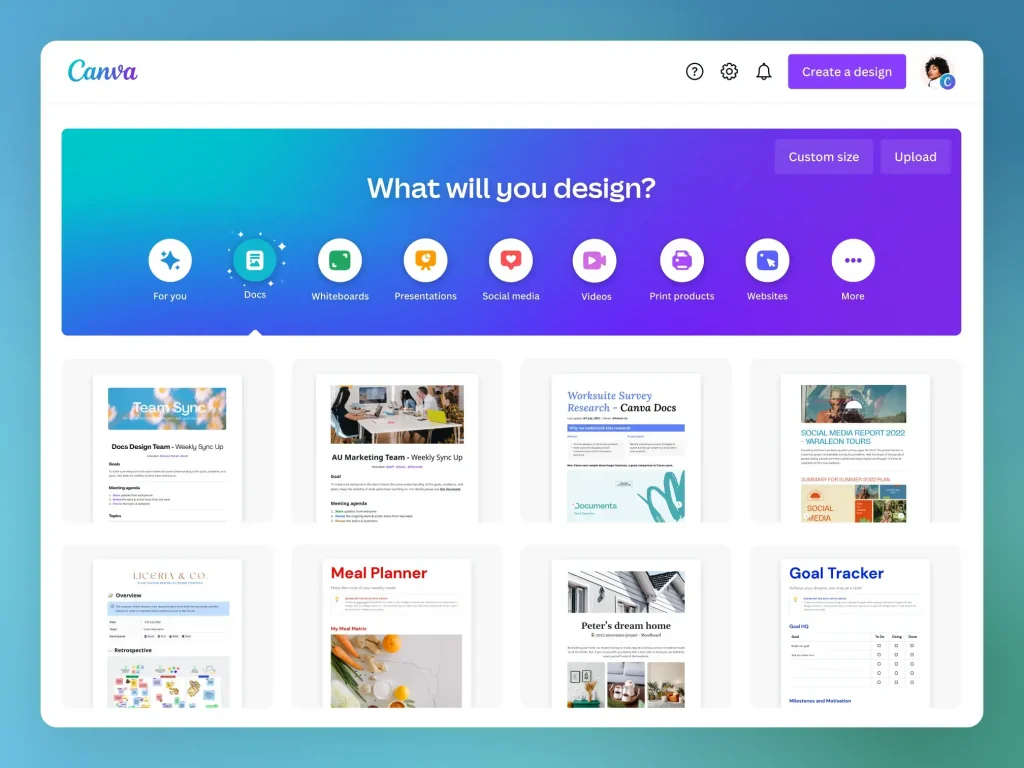
- Canva: A user-friendly design tool for creating social media graphics or templates, blog images, and more, without requiring graphic design skills. Visit Canva.
- Grammarly: An AI-driven writing assistant that helps ensure error-free, polished content. Visit Grammarly.
- SEMrush Content Marketing Toolkit: Assists with keyword research, content ideas, and optimization to align with SEO best practices. Visit SEMrush.
3. SEO optimization
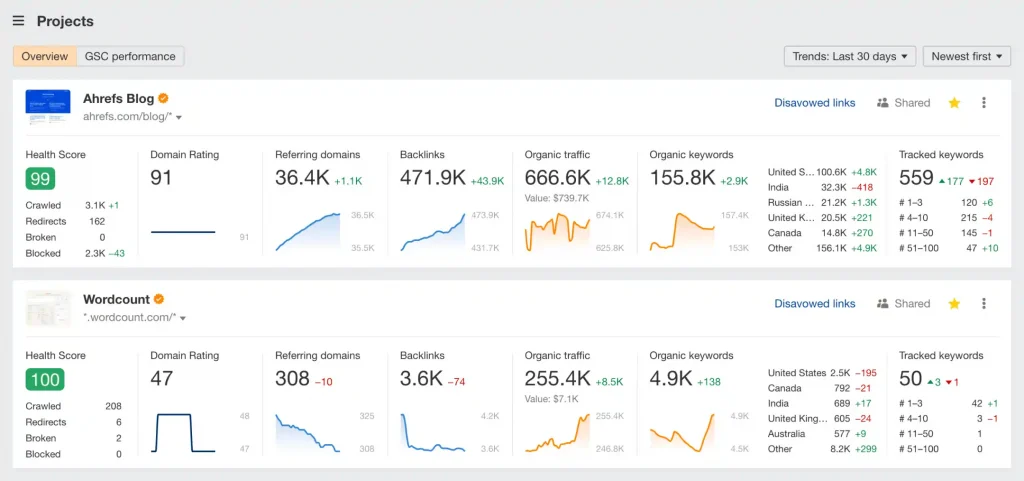
- Ahrefs: An all-in-one SEO tool for backlink analysis, keyword research, and competitor analysis. Great for improving website rankings. Visit Ahrefs.
- Yoast SEO: A WordPress plugin that optimizes on-page SEO elements like meta descriptions, keywords, and readability. Visit Yoast SEO.
- Google Search Console: Tracks website performance, identifies indexing issues, and provides essential insights for SEO improvements. Visit Google Search Console.
4. Social media management
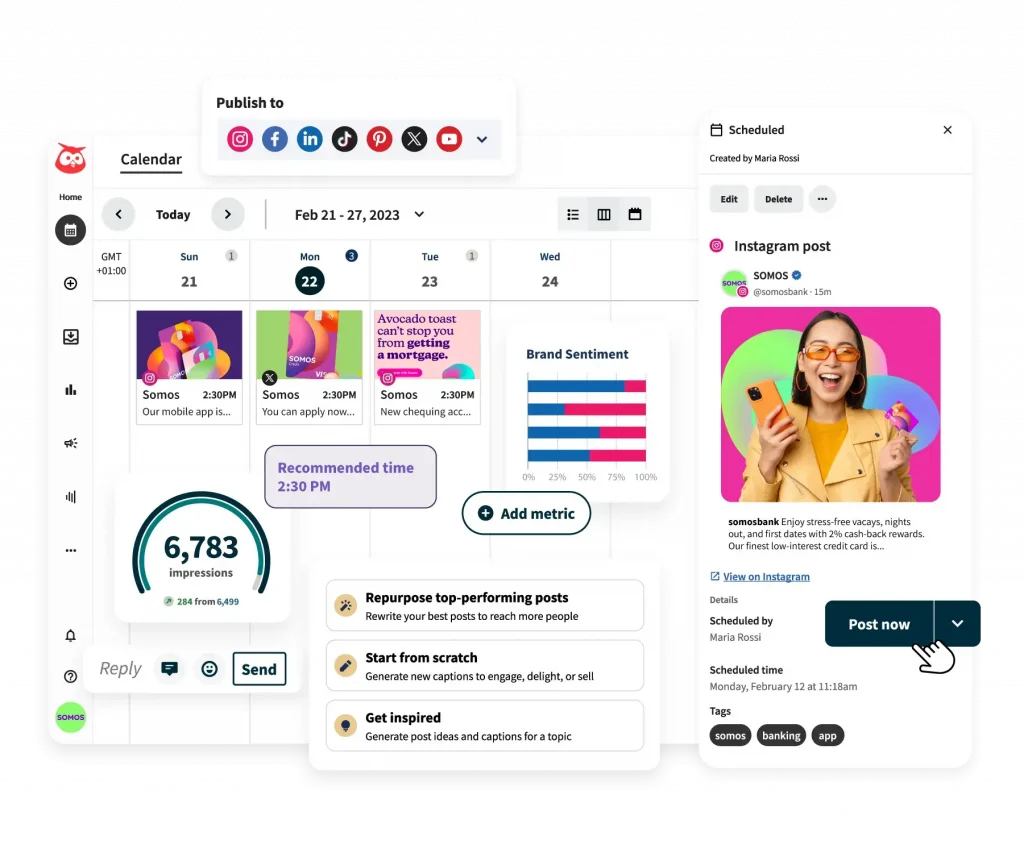
- Hootsuite: A social media management platform that lets you schedule posts, monitor conversations, and measure engagement across multiple platforms. Visit Hootsuite.
- Buffer: Another scheduling tool, with analytics to measure the effectiveness of social media posts and optimize your posting schedule. Visit Buffer.
- Sprout Social: Offers social media scheduling, engagement tools, and in-depth analytics to understand what’s working and what needs improvement. Visit Sprout Social.
5. Email marketing & automation

- Mailchimp: A beginner-friendly email marketing platform with segmentation, automation, and analytics for targeted email campaigns. Visit Mailchimp.
- HubSpot: An all-in-one tool for email marketing, CRM, and automation, great for nurturing leads and tracking customer journeys. Visit Hubspot.
- ActiveCampaign: Known for its advanced automation, allowing you to create complex workflows to tailor messages based on user behavior. Visit ActiveCampaign.
6. Paid advertising (PPC & Social Ads)
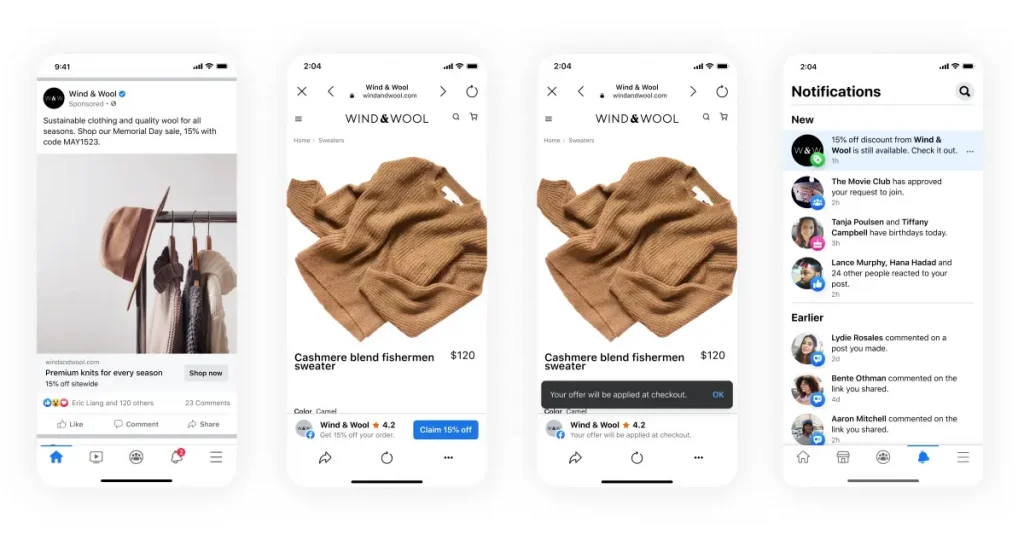
- Google Ads: Ideal for running search and display ads, reaching potential customers as they search on Google. Visit Google Ads.
- Meta Ads Manager: Allows you to create targeted ad campaigns on Facebook and Instagram, with detailed targeting options. Visit Meta Ads Manager.
- AdEspresso: Simplifies ad creation and management across multiple platforms, helping optimize ad performance and ad spend. Visit AdEspresso.
7. Analytics & optimization
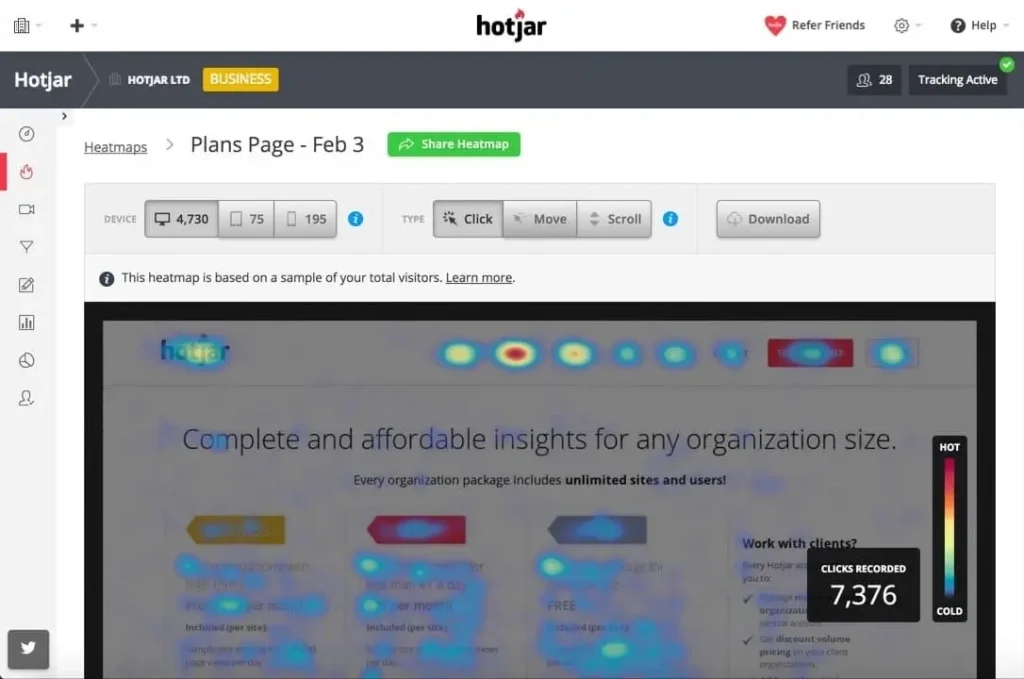
- Google Analytics 4 (GA4): Tracks user interactions, behaviors, and conversions on your website, offering a detailed view of campaign effectiveness. Visit Google Analytics GA4.
- Hotjar: A tool for tracking user behavior with heat maps and session recordings, revealing insights into how users interact with your site. Visit Hotjar.
- Optimizely: A robust A/B testing platform that allows you to test different website elements to find what resonates best with your audience. Visit Optimizely.
8. Project management & collaboration

- Trello: A flexible project management tool that helps organize tasks visually, ideal for content planning and tracking team collaboration. Visit Trello.
- Asana: Enables you to create projects, set deadlines, and assign tasks, ensuring smooth teamwork and project execution. Visit Asana.
- Slack: A communication tool that facilitates real-time messaging and collaboration, perfect for keeping teams aligned and productive. Visit Slack.
Final thoughts on digital marketing process
Digital marketing is a journey, not a destination. By following the outlined steps and utilizing the right tools, you can craft a strategy that not only reaches your audience but also resonates with them. Keep testing, learning, and adapting to stay ahead in this ever-changing landscape.
As you implement this method, remember that the ultimate goal is to build genuine connections with your customers and drive meaningful results. Embrace the process, stay curious, and watch your brand thrive in the digital world!
FAQs
1. What are the 8 steps of digital marketing?
The eight steps of digital marketing include researching your audience, developing a strategy, creating engaging content, optimizing for SEO, using social media for promotion, sending targeted email campaigns, leveraging paid advertising, and finally, analyzing performance to refine your approach.
2. How to do digital marketing step by step?
To do digital marketing step by step, start with market research, then create a clear strategy. Produce compelling content and optimize it for SEO. Promote through social media, launch targeted email campaigns, and incorporate paid ads. Regularly analyze your performance to improve your efforts.
3. What is digital marketing workflow?
The digital marketing workflow involves a series of tasks: starting with research to gather insights, followed by planning your strategy. Then execute campaigns, monitor results, and optimize your approach based on the data collected.
4. What are the 5 C's of digital marketing?
Each stage of the digital marketing process uses the 5 C’s: Content, Context, Connection, Community, and Conversion.
5. What are the 5 M's of digital marketing?
The digital marketing process revolves around the 5 M’s: Mission, Money, Message, Media, and Measurement.
Related articles

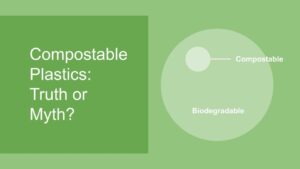
Compostable plastics: Truth or Myth?

Step 5: Social media marketing